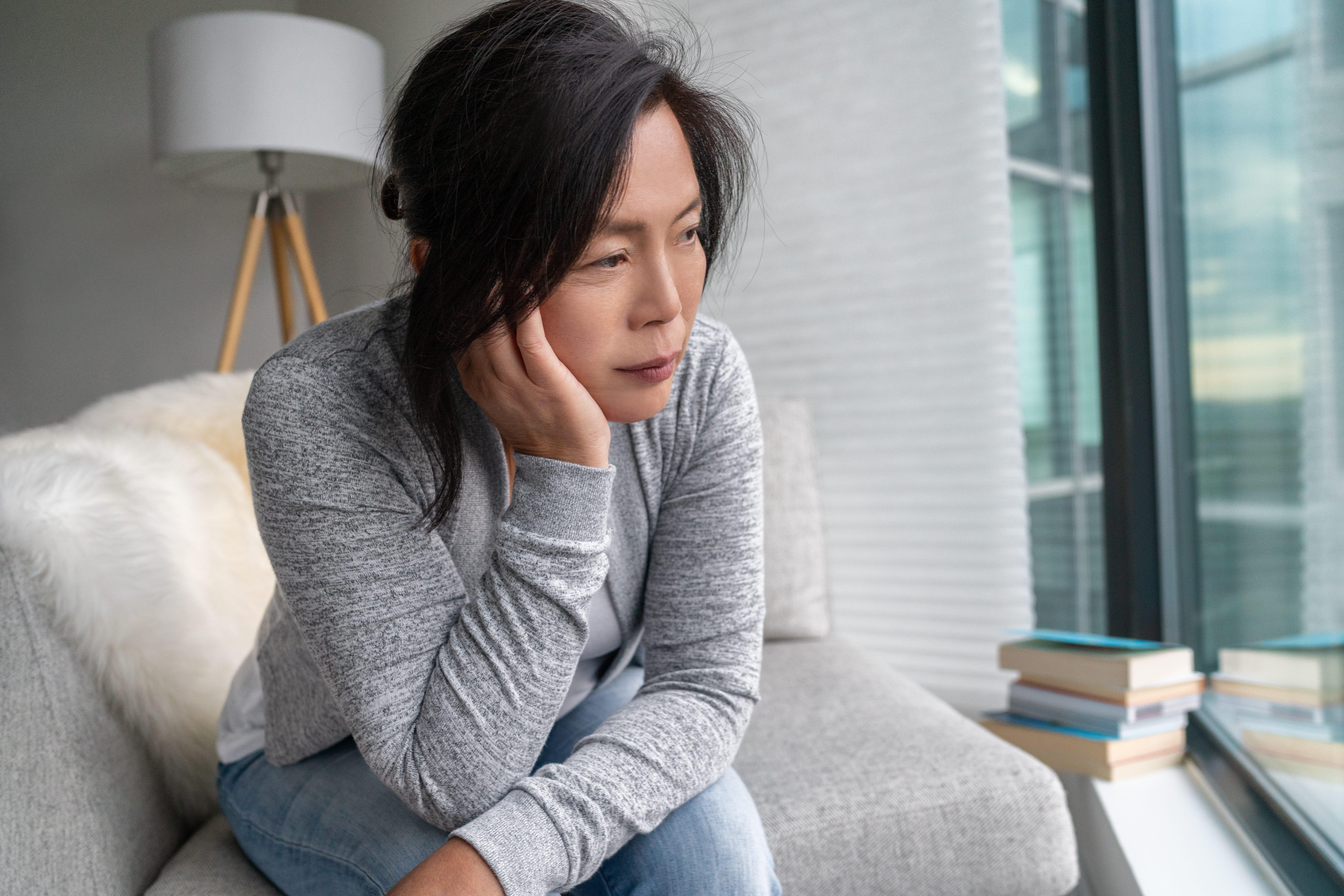During the winter months, the days grow colder and shorter and can sometimes feel never-ending when you are dealing with depression. Depression can feel like walking around in the dark with no flashlight, and when the sun sets extra early, it may feel like we will never see the light again. At Carnegie Women’s Health, we understand just how debilitating seasonal and clinical depression can be and how incredibly important it is to address and treat this disease. In order to find the most effective treatment possible, one must first distinguish if they are simply experiencing normal sadness or the more long-term and severe melancholy known as clinical depression.
How To Tell the Difference Between Sadness and Depression
Sadness usually occurs as a response to an external event. Whether it is a breakup, the death of a loved one, or something as minor as a sad video you saw online, these feelings of sorrow are temporary and will fade with time. Sadness is a very normal emotion that everyone experiences and shouldn’t affect your ability to socialize or take care of yourself. Depression, on the other hand, is a more intense sadness that lingers long after the stimulus has occurred. In some cases, depression can occur without any external catalyst. Unlike normal sadness, depression can get in the way of you being able to complete daily tasks, from cooking and cleaning to taking care of your own personal hygiene. If your sadness makes it hard for you to leave your home, or even your bed in the morning, that may be a sign that it has progressed to depression.
Are There Different Types of Depression?
The National Institute of Mental Health (NIMH) has identified several different types of depression among all diagnosed emotional and behavioral health issues. Some of these forms of depression include:
Major Depressive Disorder
Also called clinical depression, major depressive disorder affects the way you feel, think, and behave, sometimes leading to emotional and physical issues that are typically out of character for the person. These episodes can be very intense and can last for weeks at a time. Major depressive disorder can make everyday tasks difficult to complete or even start, and at its worst, can make life feel like it’s not worth living.
Persistent Depressive Disorder
Persistent depressive disorder is a long-term form of depression that may involve feelings of sadness, emptiness, and loss of interest in daily activities. It can lead to feelings of low self-esteem that may affect your work life, social life, and relationships. Although not as severe as major depressive disorder, this type of depression can be categorized as mild, moderate, or severe and can last for years at a time.
Seasonal Affective Disorder
Seasonal affective disorder, ironically shortened to SAD, is a form of depression that occurs in an individual during certain seasons of the year. For most people, this is in the fall or winter when there is less sunlight and the air is colder, but it can occur during any time of the year. There is no clear cause of SAD, but some doctors think it is caused by a chemical change in the brain due to less exposure to sunlight.
What are the Symptoms of Clinical Depression?
Clinical depression can be very serious and requires treatment so as not to worsen. In order to seek help, you should be aware of the symptoms. They can include:
- Feelings of sadness, emptiness, and hopelessness.
- Sudden angry outbursts, irritability, or frustration over minor causes.
- Sleep disturbances such as insomnia or sleeping too much.
- Lack of energy and tiredness.
- Loss of appetite and weight loss, or food cravings and weight gain.
- Anxiety, agitation, and restlessness.
- Slow thinking, movement, and speech.
- Feelings of worthlessness and guilt.
- Trouble concentrating and remembering.
- Unexplained physical problems like aches and pains.
- Frequent thoughts of death and suicide.
How Do You Treat Depression?
If you suffer from depression, you are not alone. And just as you are not the only one dealing with this disease, you cannot treat it alone either. The most common treatments for depression include psychotherapy, in the form of talk therapy, and medication. For those with treatment-resistant depression, other methods, like ketamine therapy, can be introduced. It is important to remember that with each treatment, even medication, improvements will not be instant. It can sometimes take weeks or months to begin to feel better, but you must not lose hope. For some people, the introduction of regular exercise, gratitude, and mindfulness practices can also help alleviate their symptoms.
Schedule a Consultation
If you are suffering from depression and want to take back control of your life and well-being, Carnegie Women’s Health offers services to help patients develop an effective treatment plan. Depression can be a very isolating experience, but the team at Carnegie Women’s Health is here to support you every step of the way. Patients in Manhattan can schedule a consultation by filling out our online contact form.

